Electrical hazards linked to overhead mains significantly cause fires and other accidents across Australia. These critical power lines, responsible for delivering electricity to your property, can deteriorate over time, leading to potential risks such as damaged insulation, faulty connections, and exposed electrical equipment. Ignoring the warning signs of these issues could result in costly repairs, power failures, or even dangerous incidents like electric shock.
At Enersol, our Residential Electrician Gold Coast - Understanding the early warning signs that your overhead mains need urgent attention is essential for maintaining electrical safety. Problems like flickering lights, unusual sounds, or visible damage to power lines often signal underlying electrical problems that shouldn’t be ignored. Left unresolved, these hazards can escalate quickly, putting your property and loved ones at risk.
We will guide you through the five warning signs to watch for so you can address potential risks before they lead to severe consequences. Learn more about residential wiring guide. Protecting your electrical safety starts with recognising these issues and taking proactive steps to ensure your overhead mains remain safe and reliable.
1. Flickering Lights and Power Lines Issues
Flickering lights and power fluctuations are often early warning signs that something is wrong with your overhead mains or power lines. These interruptions don’t happen without reason and point to electrical problems that demand immediate attention to avoid more serious risks.
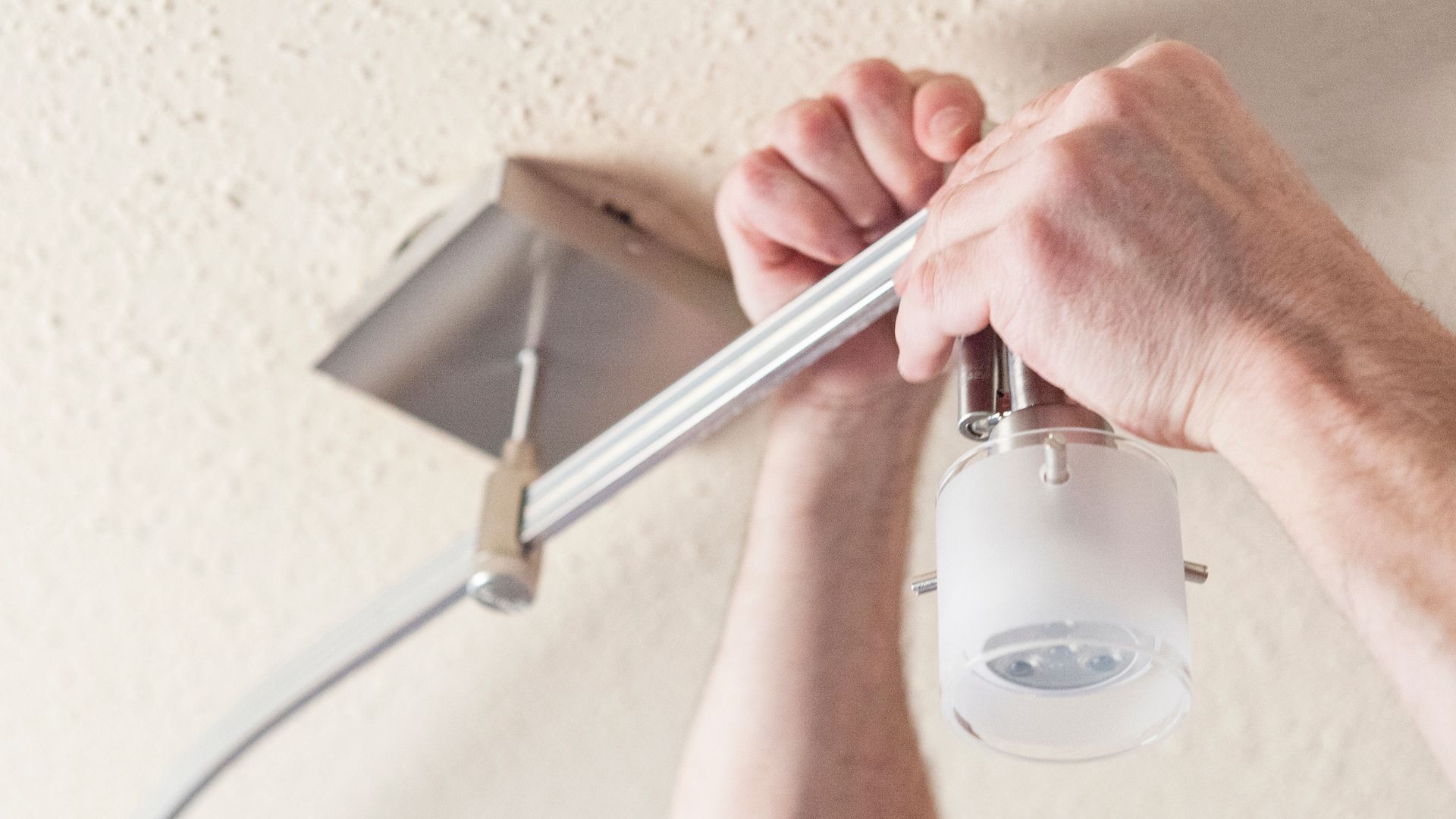
What Causes Flickering Lights?
Flickering lights can result from various factors, including:
- Loose connections disrupting the electrical flow
- Damaged insulation exposing wires and causing inconsistent power delivery
- Worn out electrical equipment that hasn’t been maintained through regular inspections
These issues can vary depending on the condition and age of your power lines or mains, but all require professional attention to prevent further damage.
The Risks of Ignoring Flickering Lights
Failing to address flickering lights can lead to:
- Increased risk of electrical hazards, including fire
- Serious injury from electric shock or faulty electrical systems
- Complete power outages caused by
What You Should Do
- Pay attention to any patterns with flickering lights or fluctuations
- Avoid attempting electrical work on your own, as it can lead to injury
- Schedule regular inspections with a licensed electrician to catch issues early
Flickering lights are a critical sign that something isn’t right. Addressing these warning signs promptly is key to maintaining safety and avoiding costly electrical problems.
2. Circuit Breaker Trips Signal Electrical Problems
Frequent circuit breaker trips are one of the most common warning signs of electrical problems. While it might be tempting to keep resetting the breaker, these incidents often point to more serious issues with your electrical system and should never be overlooked.
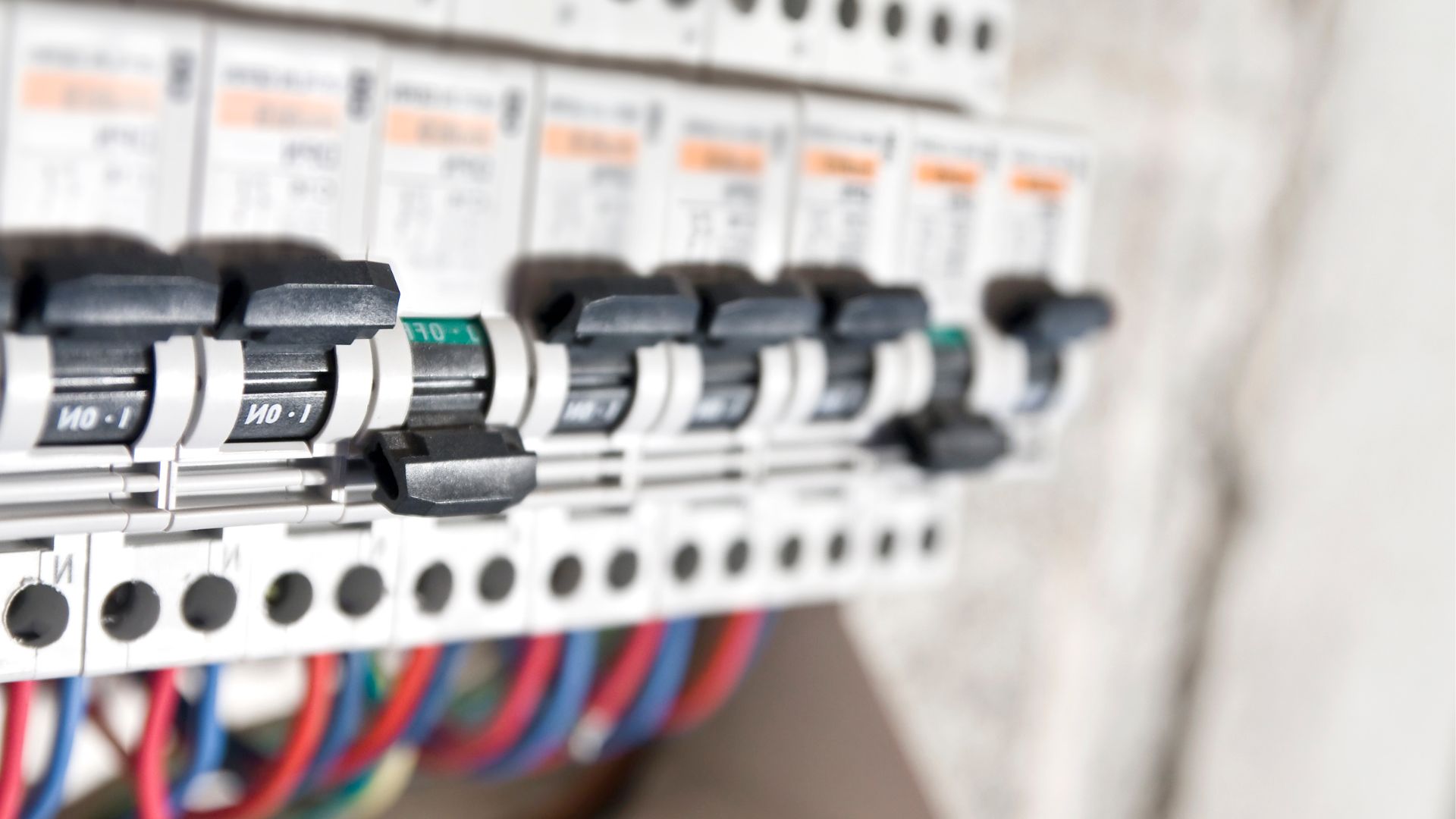
What Causes Circuit Breaker Trips?
Circuit breakers trip to protect your property from electrical hazards, but repeated trips signal that something is wrong. Common causes include:
- Overloaded circuits: Too many electrical appliances running simultaneously can overwhelm the system.
- Faulty wiring: Damaged or improperly installed wiring can lead to power surges and tripped breakers.
- Deteriorated insulation: Worn-out insulation around wires can result in short circuits or exposed electrical equipment.
- External damage: Power surges caused by storms or physical damage to electrical installation can also trigger frequent trips.
The Risks of Ignoring Breaker Trips
Repeatedly resetting a circuit breaker without addressing the cause can lead to:
- Severe electrical hazards: Overloads or faulty wiring can increase fire risk.
- Electric shock: Faulty electrical equipment or exposed wires can compromise electrical safety.
- Damage to electrical appliances: Overloads can shorten the lifespan of devices or cause costly damage.
What You Should Do
- Avoid repeatedly resetting the breaker, as this does not fix the underlying issue.
- Call a licensed electrician to inspect your electrical installation and identify the cause of the trips.
- Prioritise electrical safety by addressing warning signs as soon as they appear.
Ignoring circuit breaker trips can risk property and safety, making professional help essential to resolving these persistent electrical problems.
3. Strange Sounds or Burning Smells Mean Trouble
Unusual buzzing, crackling, or humming noises and burning smells are warning signs of electrical issues. These problems often stem from the overhead mains or power lines and point to serious potential fire hazards. Ignoring these signs can put your safety at risk and lead to significant electrical injuries.
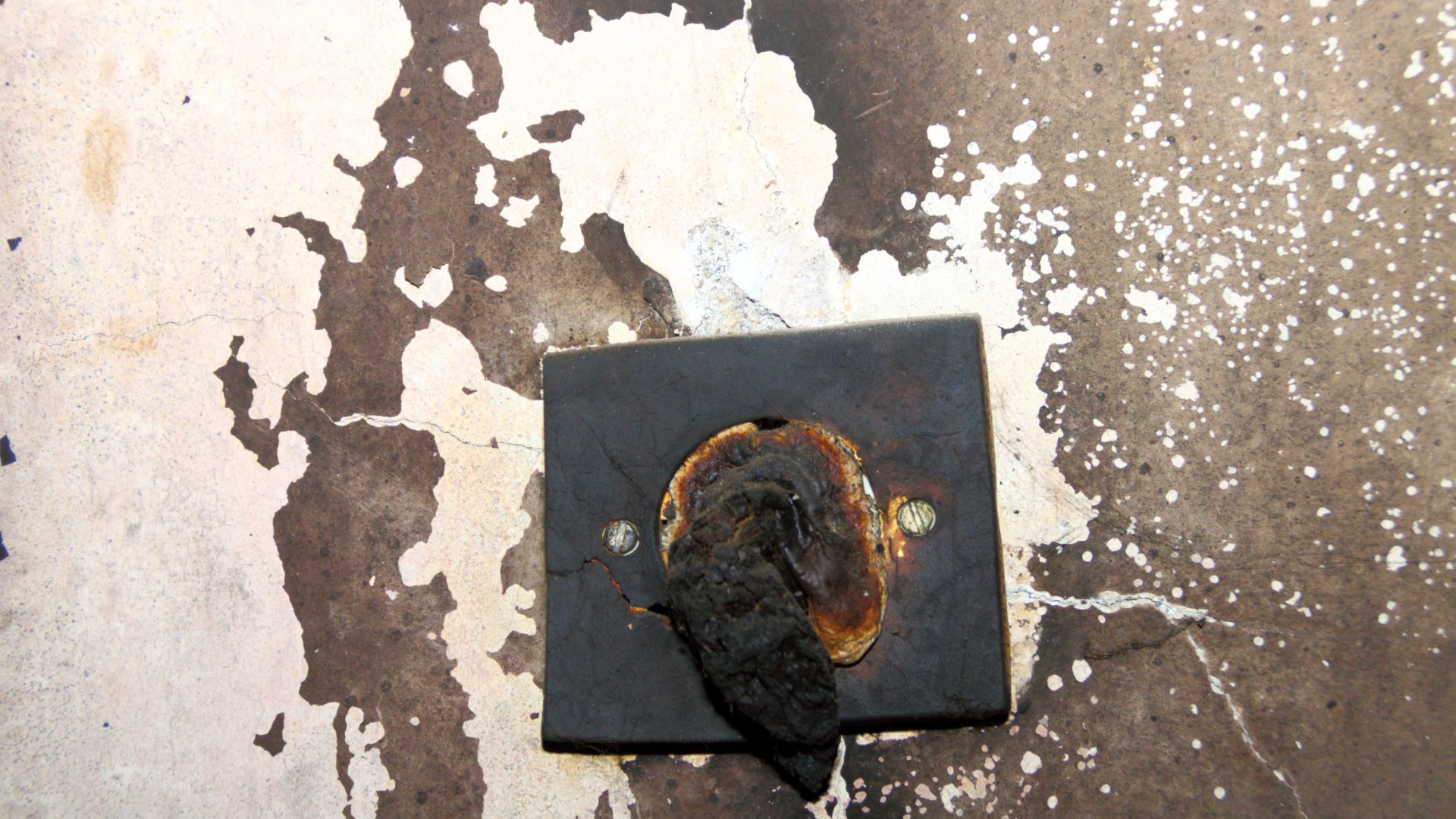
What Do Strange Sounds Mean?
Odd sounds coming from your electrical system can be caused by:
- Loose connections failing to conduct electricity properly
- Exposed wires creating sparks or short circuits
- Overloaded circuits struggling to handle high demand
These sounds are clear indicators of stress in your system and require immediate attention.
What Does a Burning Smell Indicate?
A burning smell is one of the most alarming warning signs and typically signals:
- Overheating components caused by overworked power lines or electrical installations
- Damaged insulation exposing wires, increasing the risk of fire
- Faulty electrical systems failing to operate safely
Risks of Ignoring These Issues
- Severe electrical injuries from exposed wires or faulty connections
- Potential fire hazards caused by overheating or sparking
- Widespread damage to property and appliances due to electrical faults
What to Do Next
- Turn off any affected appliances or systems immediately.
- Follow safety procedures to minimise risks, such as avoiding contact with exposed wires.
- Contact a licensed electrician or your electricity distributor to inspect and resolve the issue.
These warning signs demand urgent action to ensure your safety and prevent further damage. Strange sounds and burning odours are not minor inconveniences; they are critical red flags that should never be ignored.
4. Visible Damage to Overhead Mains
Physical damage to overhead mains, such as frayed wires or sagging power lines, is one of the most critical warning signs of electrical hazards. If not addressed promptly, these issues compromise safety and can lead to severe risks.
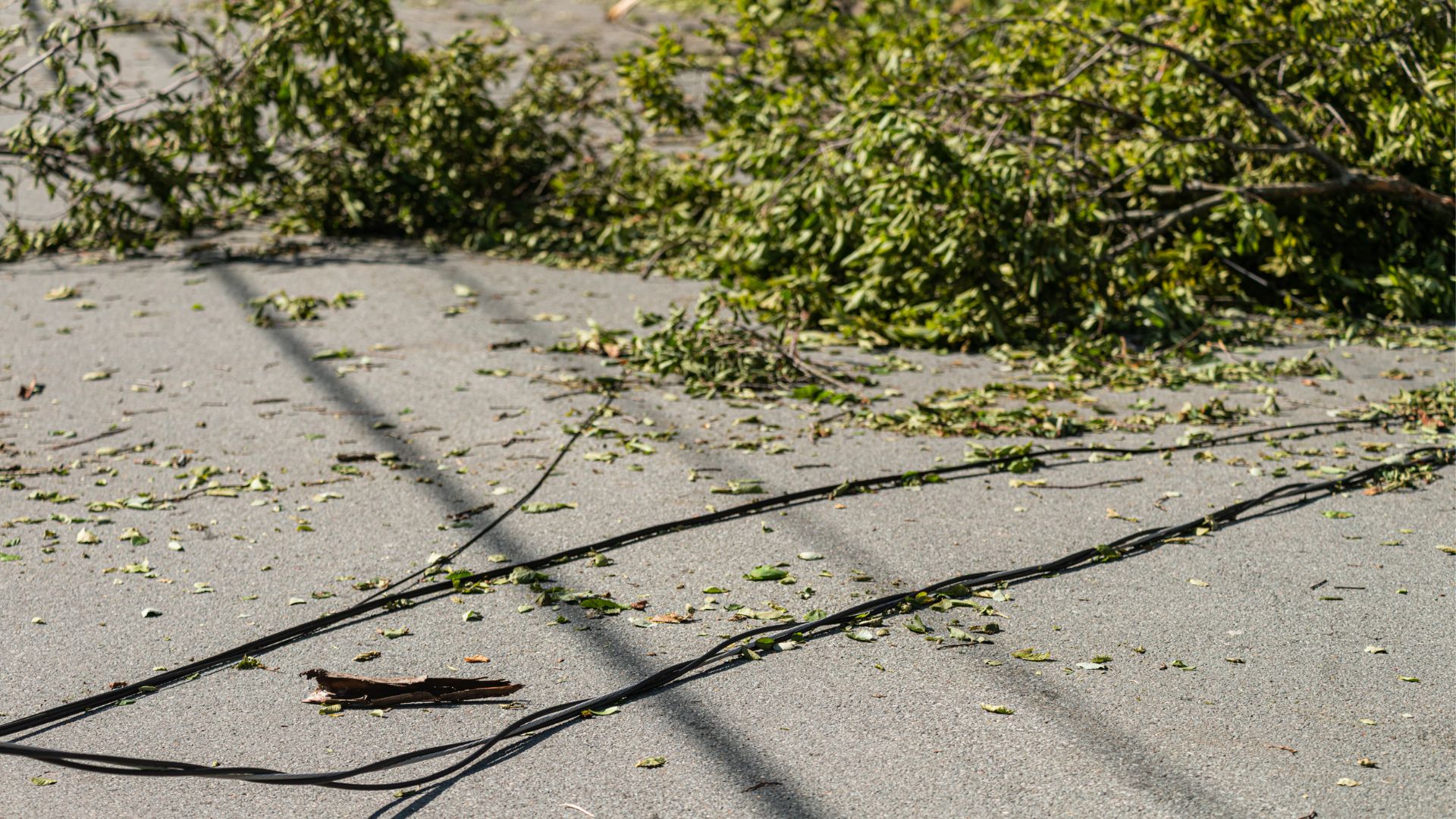
What Causes Damage to Overhead Mains?
Common causes of visible damage include:
- Extreme weather: High winds, heavy rain, or lightning can weaken power lines and safety equipment.
- Tree branches: Overgrown trees brushing against wires can strip protective coverings and damage insulation.
- Accidental impacts: Vehicles striking poles or construction equipment contacting power lines can cause structural damage.
Potential Risks of Visible Damage
- Exposed wires can conduct electricity, creating significant hazards to people and property.
- Damaged insulation increases the likelihood of outages and electrical fires, threatening a safe working environment for residents.
- Left unchecked, these issues can lead to further equipment failure and costly repairs.
What Can You Do?
- To identify sagging lines or other damage, perform visual inspections of overhead mains, especially after storms. To ensure safety, maintain a minimum distance from damaged areas.
- Respond promptly by contacting a qualified electrician or your electricity provider to assess and repair potential risks.
- Ensure the area remains clear to cover your property and minimise danger to others.
Addressing visible damage promptly is essential for maintaining safety and preventing hazards. Never attempt repairs yourself—professional help is crucial to resolving these risks effectively.
5. Higher Bills Reveal Electrical Problems
A sudden spike in your energy bill is often one of the first warning signs of hidden electrical problems. Inefficiencies in your system, particularly in overhead mains, can drive costs up unexpectedly and indicate the need for professional attention.
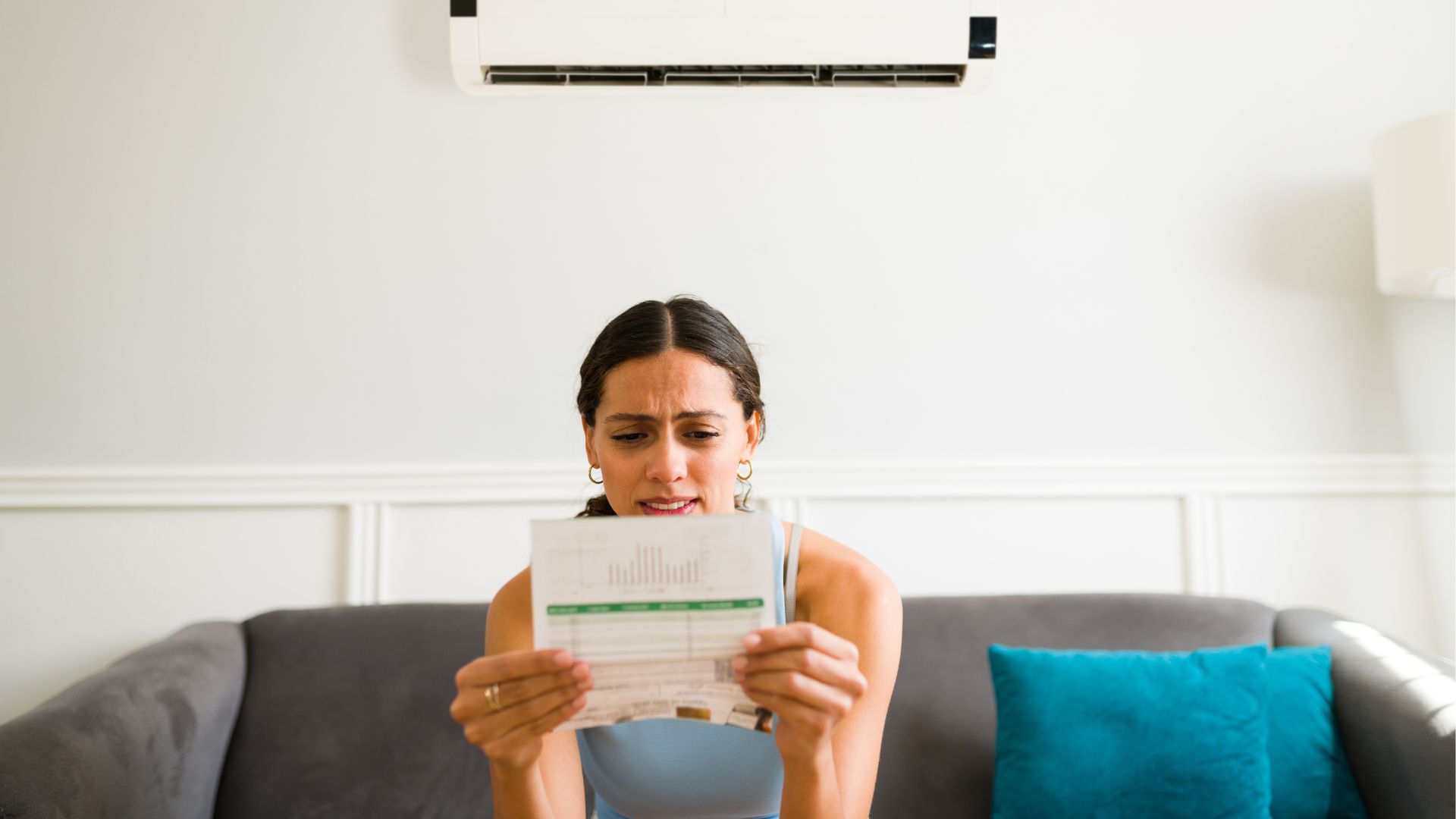
Causes of Higher Bills
- Damaged insulation: Exposed or worn-out insulation can lead to energy loss, causing your system to work harder and consume more electricity.
- Deteriorating power lines: Faulty or ageing power lines reduce efficiency, increasing strain on your electrical equipment.
- Malfunctioning electrical equipment: Devices struggling to operate due to underlying issues can quietly drain power, inflating your bills.
What You Should Do
- Compare current bills to previous ones for unusual spikes that might signal electrical problems.
- Seek professional advice if you suspect inefficiencies with your overhead mains or electrical equipment.
- Address these issues early to maintain electrical safety, prevent further damage, and avoid unnecessary expenses.
Unexplained increases in your energy bills aren’t just frustrating. They indicate that something may be wrong with your system. Prompt action can save you money and prevent larger hazards down the line.
Why Professional Help Prevents Electrical Hazards
Electrical systems are complex and dangerous to handle without the proper expertise. Attempting DIY fixes can lead to serious consequences, including accidents, non-compliance with Australian regulations, and significant costs.
The Dangers of DIY Repairs
Electrical hazards such as electric shock, fire risks, and overheating are common outcomes of untrained repairs. High-voltage systems and exposed wires are dangerous when not operated by qualified personnel. Improper repairs can damage power lines, switches, and insulation, escalating the risk of accidents. Non-compliance with safety standards during construction or maintenance can also result in fines or legal issues.
The Role of Licensed Electricians
Licensed electricians are experts in efficient system inspections, testing, and repairs. During regular electrical inspections, they can identify potential risks like damaged wires or failing insulation. Professional contractors ensure systems are operated in compliance with Australian laws, reducing the likelihood of accidents and ensuring efficiency.
Importance of Regular Maintenance
Overhead mains, switches, poles and electrical lines must be checked regularly to maintain safety. Regular maintenance and inspection by a qualified electrician can help fix early warning signs such as overheating or system inefficiencies. Acting promptly when you notice issues ensures the system operates correctly and prevents costly repairs.
Ignoring professional help compromises safety and increases risks. Electricians are responsible for ensuring all systems meet compliance standards and prevent hazards during repairs or construction.
Take Action to Protect Your Power Lines
Flickering lights, frequent breaker trips, strange buzzing sounds or burning smells, visible damage to overhead mains, and unexplained increases in energy bills are all warning signs of electrical problems. Ignoring these issues can lead to serious hazards such as electric shock or fire, putting your property and safety at risk. Staying proactive and addressing these concerns promptly is crucial to maintaining the safety of your overhead mains. Explore our Residential Electrician Gold Coast to learn more.
If you’ve noticed any warning signs, quickly secure your property. Enersol Electricalprovides trusted overhead consumer mains services with expertise in identifying and resolving electrical problems. Their licensed electricians ensure your system operates safely and efficiently.
For inspections, repairs, or installations, contact Enersol Electrical today to protect your property and prioritise safety.